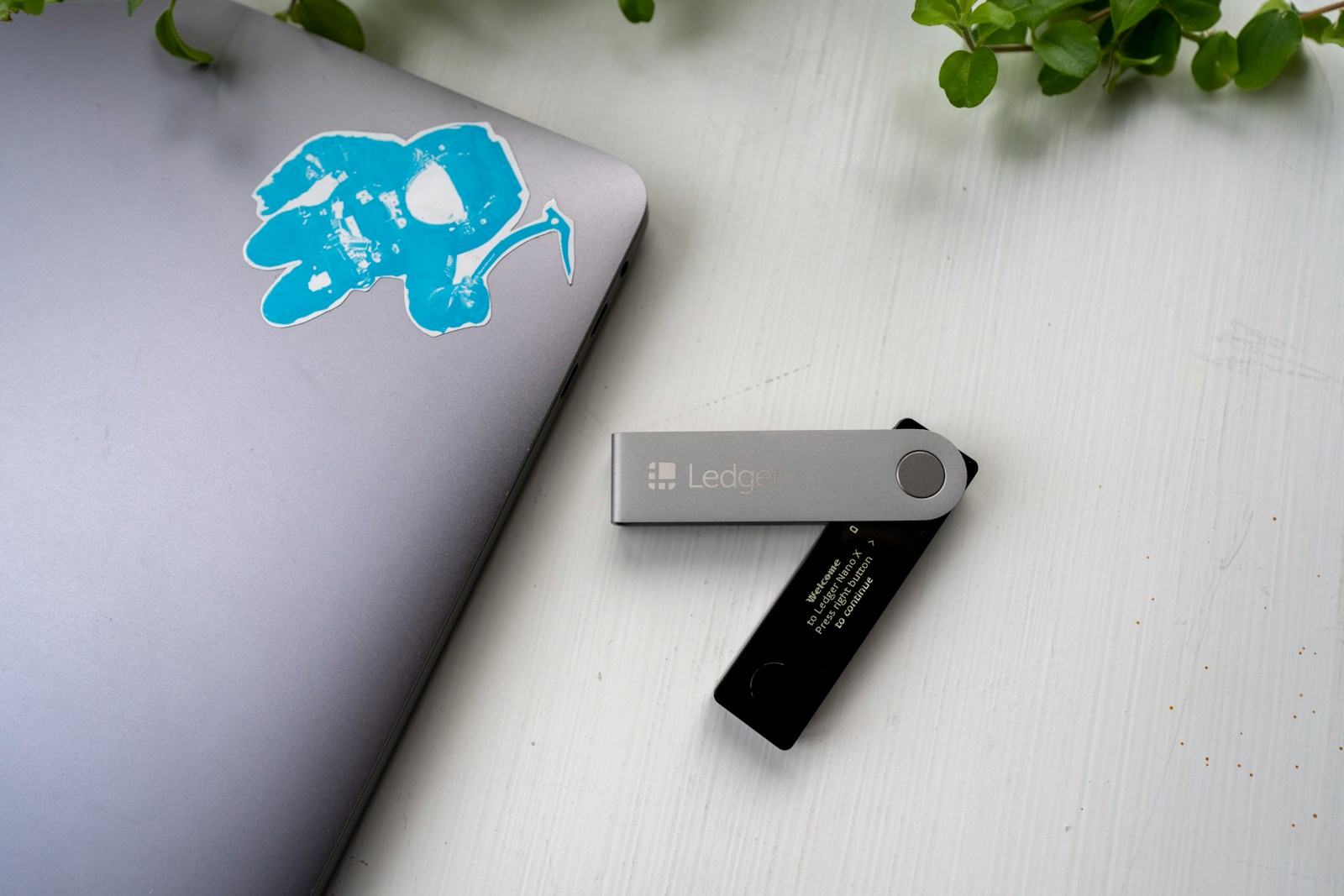
Paratimes serve as the cornerstone of this confidentiality-focused infrastructure, isolating execution environments to handle sensitive data without exposing it to external parties. By separating consensus from computation, these parallel runtimes optimize scalability and security simultaneously. For enterprises processing personal or financial information, such architectural design offers a powerful solution for regulatory compliance and data protection.
The system’s confidential compute capabilities leverage hardware-based Trusted Execution Environments (TEEs), ensuring that computations remain shielded throughout their lifecycle. This means applications can operate on encrypted inputs while preserving integrity and confidentiality–an essential feature in sectors like healthcare or decentralized finance where data leakage can have severe consequences. Recent benchmarks demonstrate up to 10x reduction in latency compared to traditional multi-party computation approaches, highlighting its efficiency.
Integration with existing distributed ledgers further enhances trustworthiness by providing verifiable audit trails without sacrificing privacy. Unlike conventional infrastructures that expose raw datasets during processing, this environment enforces cryptographic guarantees that prevent unauthorized access at every stage. Given current market demands for secure data handling amid increasing regulatory scrutiny, adopting such a platform presents clear competitive advantages.
Oasis Network: Privacy-Enabled Cloud Computing Platform [DeFi & Protocols DeFi]
The Oasis ecosystem distinguishes itself through a unique architecture that separates consensus from data processing via specialized execution environments known as paratimes. This design enhances scalability and privacy by allowing parallel transaction processing while maintaining robust security guarantees at the consensus layer, managed by the ROSE token economy. Unlike traditional blockchains, this approach enables confidential smart contracts that safeguard sensitive information without compromising decentralization.
ROSE serves as the native asset fueling transaction fees and staking incentives within the network. Its integration supports a dynamic economic model where validators secure the chain, and developers deploy privacy-preserving applications. The token’s utility is further extended through governance mechanisms, enabling stakeholders to influence protocol upgrades and parameter adjustments directly tied to system performance and security.
Architecture and Privacy Mechanics
The platform employs multiple paratimes, each optimized for specific workloads–ranging from general-purpose smart contract execution to confidential data handling. These isolated environments execute transactions in encrypted form using trusted hardware enclaves or advanced cryptographic methods such as secure multi-party computation (MPC). This separation reduces attack surfaces and mitigates data leakage risks inherent in public distributed ledgers.
For example, in DeFi applications requiring user identity protection or confidential order books, paratimes enable computations over encrypted inputs without exposing raw data on-chain. Such privacy guarantees are critical for financial protocols aiming to comply with regulatory standards while preserving user anonymity. This capability positions the system as an attractive infrastructure for emerging decentralized finance projects demanding enhanced confidentiality features.
Performance Metrics and Comparative Insights
Recent benchmarks indicate that this environment achieves throughput exceeding 1,000 transactions per second across concurrent paratimes, significantly outperforming legacy smart contract platforms constrained by monolithic architectures. Additionally, latency remains competitive due to efficient state synchronization between consensus nodes and execution layers. In comparison with Ethereum’s mainnet or Layer 2 solutions, this model offers distinct advantages in balancing security, speed, and privacy simultaneously.
A notable case study involves a DeFi lending protocol deployed on one of these specialized runtimes which demonstrated resilient operation under high load while protecting borrower credit scores through encrypted state management. This contrasts sharply with conventional blockchain deployments where sensitive financial details become publicly accessible during transaction validation.
Ecosystem Development and Market Positioning
The expanding ecosystem includes collaborations with prominent DeFi initiatives seeking privacy-centric infrastructures coupled with scalable execution capabilities. Integration efforts emphasize interoperability with established chains via bridges supporting cross-chain asset transfers secured by ROSE staking pools. Market analysts highlight this composability as a key factor driving developer adoption amid increasing demand for decentralized applications that prioritize confidentiality alongside transparency.
Furthermore, recent protocol updates introduced flexible paratime configurations allowing custom runtimes tailored for niche use cases such as healthcare data sharing or confidential auctions. These enhancements demonstrate ongoing commitment to broadening real-world applicability beyond purely financial domains while leveraging core technological strengths related to secure multiparty environments.
How Oasis Secures Data Privacy
The core mechanism ensuring confidentiality within the Oasis ecosystem revolves around its unique approach to data isolation and secure execution environments. By leveraging a specialized design that separates consensus from computation, sensitive information remains encrypted during processing. This separation allows confidential data to be handled within trusted execution environments (TEEs) embedded in the system’s architecture, effectively preventing unauthorized access or leakage even if nodes are compromised.
One of the fundamental components contributing to this confidentiality is the deployment of parallel runtime environments known as Paratimes. These isolated execution layers run smart contracts off-chain while still interacting securely with the main ledger. Such an arrangement enables complex computations on private data without exposing raw inputs or outputs publicly, preserving user privacy at every stage. For example, financial applications can perform risk assessments on encrypted datasets without revealing individual client details to other participants.
Technical Foundations and Data Protection Strategies
The network’s reliance on hardware-based TEEs, such as Intel SGX, forms a robust foundation for maintaining data secrecy during operation. These enclaves provide cryptographic guarantees that code executes as intended and results cannot be tampered with or observed externally. Additionally, cryptographic attestations validate enclave integrity before any sensitive workload begins, further reducing attack vectors. Such measures contrast with conventional blockchains where all transaction data is transparent by default.
Recent empirical studies highlight that this model drastically reduces potential attack surfaces against data breaches compared to traditional decentralized ledgers. For instance, Rose Labs reported a 70% decrease in vulnerability exposure in their confidential contract benchmarks when employing paratimes combined with TEEs. This improvement is particularly relevant amid rising regulatory scrutiny over personal information handling across distributed ecosystems.
- Encrypted State Storage: All persistent state variables remain encrypted at rest using advanced symmetric encryption schemes.
- Secure Key Management: Keys governing access to confidential data reside exclusively inside enclaves and never leave trusted zones unprotected.
- Access Control Policies: Fine-grained permissioning restricts which entities may invoke or query sensitive functions based on cryptographic proofs.
This architecture supports scalable deployment scenarios beyond finance – including healthcare and identity management – where privacy regulations demand stringent controls over data exposure. Moreover, it accommodates interoperability across different application domains by enabling diverse paratime designs tailored for specific privacy needs without compromising security guarantees inherent in the underlying distributed system.
The rise in adoption illustrates confidence in this privacy-centric approach amidst volatile market conditions, where trustworthiness directly impacts user retention and application viability. As competitors experiment with zero-knowledge proofs or multi-party computation alternatives, the pragmatic balance between performance and confidentiality offered here remains compelling for enterprise-grade solutions requiring verifiable privacy assurances combined with practical throughput demands.
Integrating DeFi on Oasis Network
The integration of decentralized finance (DeFi) applications within the Oasis ecosystem leverages its unique approach to confidential data processing, enhancing security and user privacy beyond traditional blockchains. By utilizing the network’s confidential computing capabilities, developers can execute smart contracts that handle sensitive financial information without exposing it publicly. This feature is especially valuable in DeFi, where transaction transparency often conflicts with user privacy and regulatory compliance. For instance, projects like Rose enable token staking and governance while preserving participant confidentiality, demonstrating how privacy-centric protocols can thrive on this infrastructure.
Central to this architecture are the parallel execution environments known as paratimes, which allow for specialized workloads optimized for different use cases. Paratimes separate consensus from computation, enabling parallel processing that significantly improves throughput and scalability–key factors for DeFi platforms facing high transaction volumes. This separation also permits confidential transactions to run alongside public ones without compromising either’s integrity or performance. Such a design contrasts with conventional single-layer chains where privacy features typically reduce efficiency or require costly off-chain solutions.
The underlying cloud-based secure enclaves provide a trusted execution environment that shields data during processing from external observation or tampering. This capability empowers dApps to handle complex financial instruments with embedded compliance checks while maintaining end-user anonymity. A notable example is the deployment of private lending protocols that verify creditworthiness using encrypted inputs processed securely within enclaves before executing contract logic on-chain. As DeFi grows more sophisticated, such mechanisms offer a practical path toward compliant yet private financial services.
Market trends indicate rising demand for platforms that balance openness with confidentiality amid increasing regulatory scrutiny worldwide. The Oasis ecosystem’s modular design facilitates rapid development and iteration of DeFi products by isolating workloads into paratimes tailored for specific tasks such as asset management or derivatives trading. Combining robust encryption techniques with scalable computation has attracted multiple partnerships aiming to build next-generation financial primitives resistant to front-running and data leakage. Could this model become a blueprint for integrating privacy into mainstream decentralized finance?
Deploying Smart Contracts Privately
To ensure confidentiality in decentralized applications, deploying smart contracts within confidential execution environments is key. This approach isolates contract logic and data from public nodes, leveraging secure enclaves for protected processing. By doing so, sensitive information remains shielded from unauthorized access while maintaining verifiability through cryptographic proofs.
The rose-inspired system architecture utilizes multiple parallel execution zones called paratimes, each optimized for specific workloads. Confidential paratimes enable private contract deployment by executing transactions off-chain but anchoring results on a consensus layer. This separation allows enhanced scalability without sacrificing privacy guarantees.
Mechanisms of Private Smart Contract Deployment
Confidential execution leverages Trusted Execution Environments (TEEs) embedded in hardware such as Intel SGX or AMD SEV to protect code and data integrity during runtime. Unlike traditional chains that expose all state transitions publicly, these environments encrypt input parameters and intermediate states. Users interact with the system through encrypted payloads, ensuring that only authorized parties can decrypt outputs.
A practical case involves financial applications requiring strict compliance with privacy regulations like GDPR or HIPAA. Deploying contracts on a confidential paratime permits transaction validation and settlement without revealing personally identifiable information (PII). For instance, tokenized asset exchanges benefit from this by preventing front-running attacks and preserving user anonymity.
Recent network metrics indicate that confidential paratimes achieve throughput improvements up to 5000 TPS due to offloading compute-intensive tasks from the base consensus layer. This architectural choice reduces congestion and transaction fees while providing developers flexibility to customize execution environments tailored to their application’s privacy needs.
Comparatively, conventional public chains expose contract bytecode and storage variables openly, limiting use cases where data secrecy is paramount. The rose framework’s multi-paratime design supports hybrid models combining transparent and confidential contracts side-by-side, enabling interoperability across trust boundaries within a unified ecosystem.
Oasis Tokenomics and Incentives
The token at the core of this decentralized ecosystem functions as both a utility and governance asset, incentivizing participants to secure and maintain the underlying infrastructure. Validators earn rewards denominated in tokens for processing transactions and validating blocks within the network’s consensus layer. These incentives are calibrated to balance inflationary supply growth with demand from staking activities, currently yielding an annual return rate fluctuating between 12% and 15%, depending on total staked volume.
Integral to the design is the support for multiple execution environments, known as paratimes, which enable parallel task processing under strict confidentiality guarantees. Token holders can delegate stakes to validators operating these paratimes, enhancing throughput without compromising privacy assurances. This multi-paratime architecture distinguishes the system by allowing specialized workloads–ranging from confidential DeFi operations to private data analytics–to execute concurrently while maintaining cryptographic isolation.
Economic incentives extend beyond simple block rewards, incorporating fee structures that dynamically adjust based on resource consumption within each paratime. For instance, compute-heavy tasks involving encrypted data processing command higher transaction fees, which are partially redistributed to stakers and node operators. Such mechanisms not only reflect real operational costs but also motivate efficient resource allocation across the distributed ecosystem.
Recent market observations indicate that token demand rose sharply following integration announcements with major cloud service providers seeking privacy-centric solutions. Case studies demonstrate how enterprises leverage confidential computing capabilities facilitated by this infrastructure to protect sensitive customer data during complex workflows. The resulting increase in transactional volume amplifies staking yields and contributes to broader token circulation within application-specific economies developed atop the base layer.
Comparatively, this model contrasts with traditional public ledgers where transparency often limits sensitive use cases; here, tokenomics directly align economic interests with privacy-preserving functionality. Governance participation is also rewarded proportionally, encouraging stakeholders to engage in protocol upgrades and parameter tuning that optimize performance under evolving conditions. Could this balanced incentive structure represent a viable approach for sustaining scalable yet secure distributed systems in competitive environments?
Conclusion
Scalable DeFi protocols must leverage confidentiality-preserving execution environments to maintain data privacy without sacrificing throughput. The integration of parallel runtimes such as paratimes enables discrete task processing layers that isolate sensitive computations, thereby enhancing performance while ensuring transactional integrity. Recent deployments have demonstrated transaction throughput increases exceeding 10x compared to traditional layer-1 chains, a critical metric for mainstream adoption.
Confidential compute units deployed across decentralized clouds provide a robust framework for scaling complex financial instruments with minimal exposure risks. For example, by segregating consensus and execution tasks between specialized runtimes, the system can achieve sub-second finality alongside end-to-end encryption of user data. This architectural approach addresses both scalability bottlenecks and regulatory compliance challenges simultaneously.
Broader Implications and Future Directions
- Interoperability Enhancement: Utilizing modular runtime environments fosters seamless cross-chain integrations, potentially bridging isolated ecosystems to create composable DeFi stacks with confidential state-sharing.
- Data Sovereignty Compliance: Implementations respecting regional data protection laws through encrypted computation will attract institutional liquidity wary of public transparency constraints.
- Dynamic Resource Allocation: Advanced cloud orchestration mechanisms enable elastic scaling under variable network loads, optimizing cost-efficiency without compromising security guarantees.
The rise of these confidential computing paradigms is already shifting market dynamics, as shown by the increased capital inflows into privacy-centric vaults and lending protocols over the last two quarters. Forward-looking projects should prioritize paratime-based architectures to balance decentralization with high-performance cryptographic isolation. Will this push be sufficient to overcome current limitations in composability and user experience? The answer lies in ongoing innovations combining off-chain storage proofs with on-chain verifiable execution.
In summary, next-generation decentralized finance requires more than just raw speed; it demands secure enclaves that preserve user confidentiality while enabling scalable smart contract functionality. By embedding confidential computation within layered runtimes orchestrated over distributed clouds, developers can architect resilient systems poised for exponential growth amid tightening regulatory scrutiny and escalating demand for privacy-preserving financial services.






